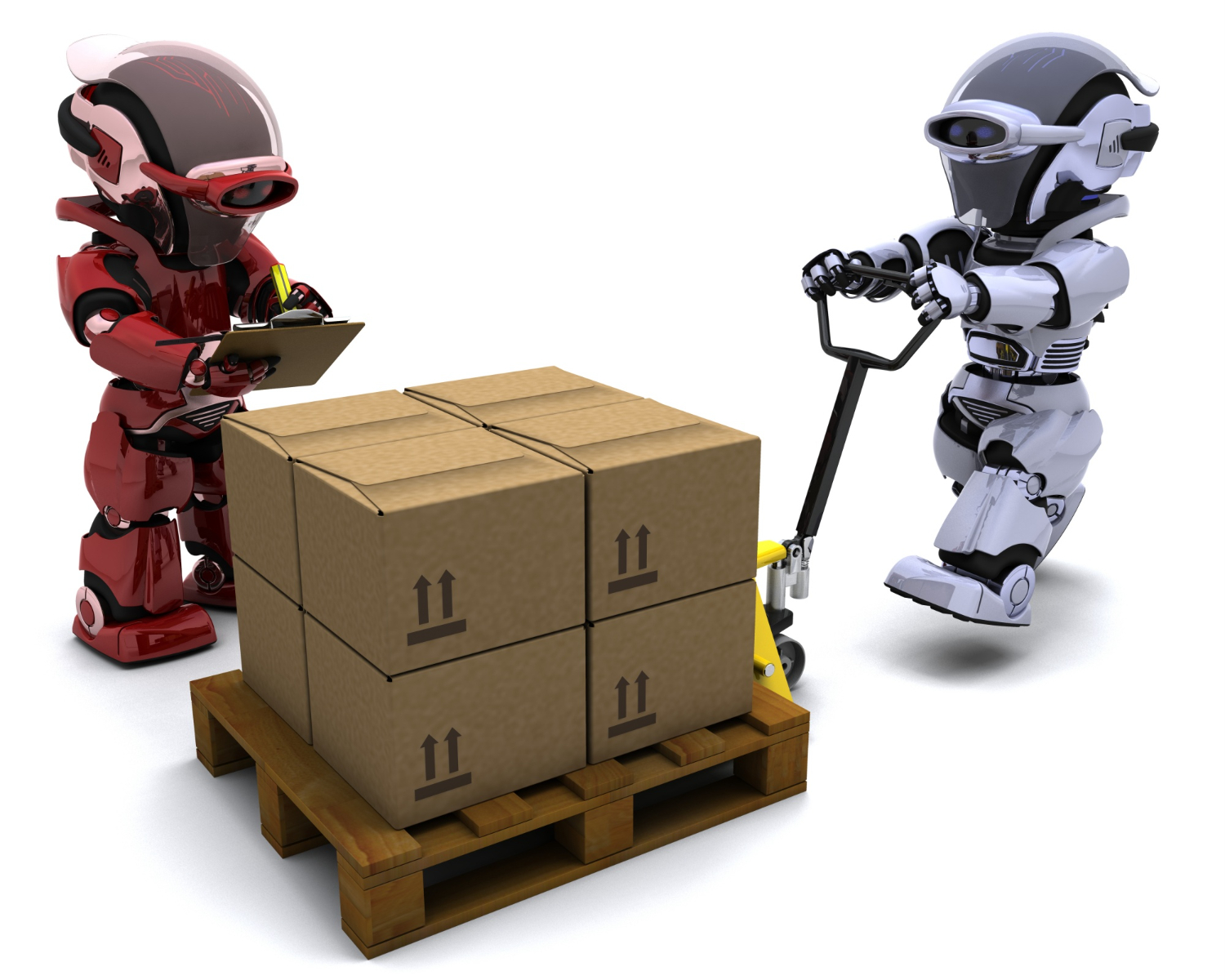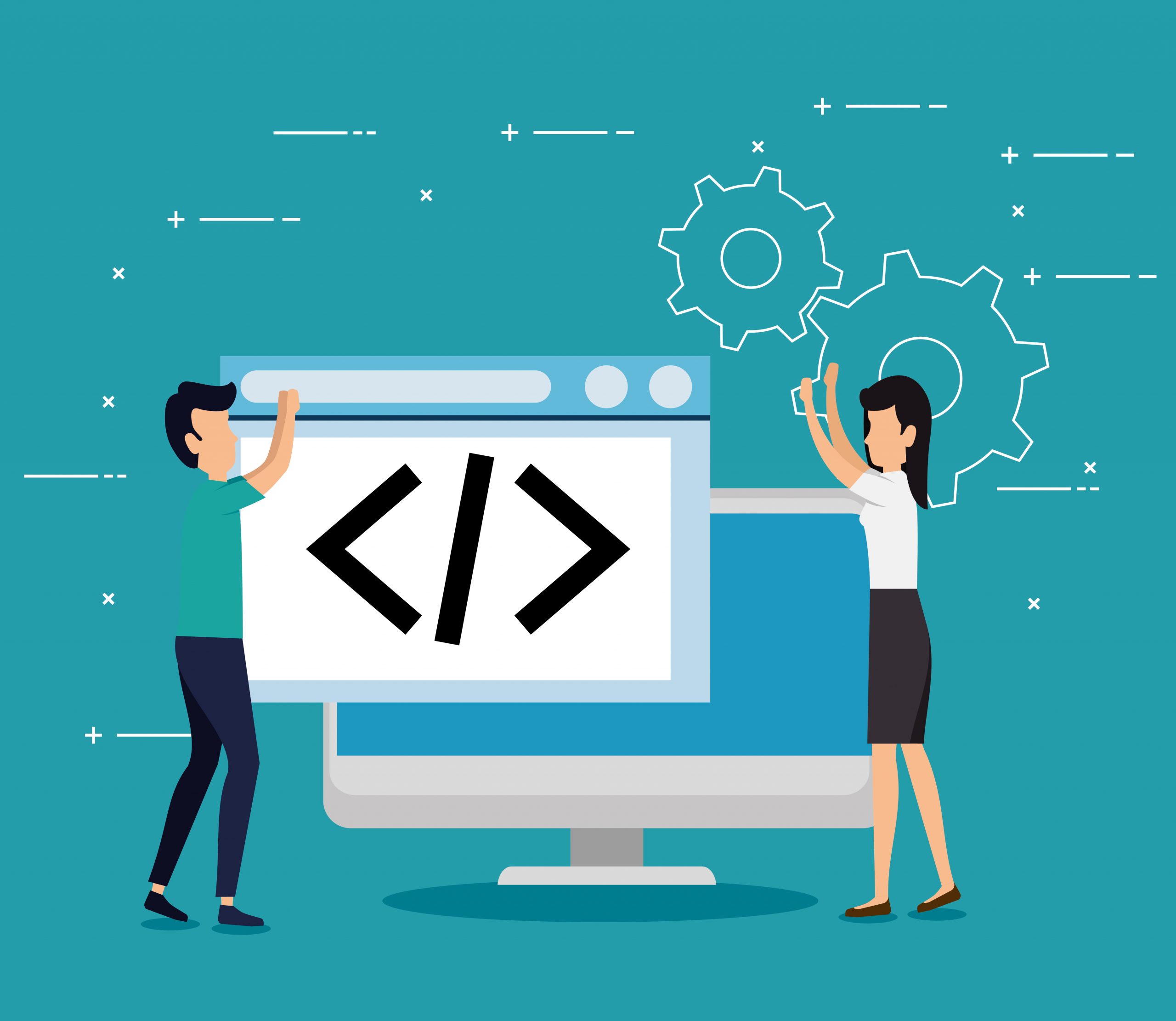Over the past 30 years, I have held C-level positions in various organizations across multiple industries, focusing on managing people and organizing them to achieve specific company goals. I have worked in functional, process, and hybrid organizational structures, observing firsthand how these structures evolved with technological advancements.
One vivid memory from my time with Euro Cloud (when cloud computing was a novel concept) was our discussions about technological advancements and how companies that failed to adapt were left behind. Over the past few decades, we have witnessed numerous technological waves—Cloud, Cybersecurity, AI, Machine Learning. Amid these trends, the importance of foundational knowledge often seemed to be overshadowed.
When cloud computing emerged, we invested heavily in solutions and training. Similarly, with the rise of cybersecurity (an ever-evolving challenge), I noticed a significant gap in understanding what cybersecurity truly entails. In response, I attempted to establish an educational institution—a project that Marko Elazar can attest to. Despite our efforts to bridge the knowledge gap, the situation has only worsened since 2020.
We recognized the issue and invested in tools and platforms to assess and develop employee skills, yet the gap persists. We can’t educate people fast enough to close this gap.
The End of Jobs as We Know Them
In last couple of years, I am reading a lot regarding this topic but not only from people management perspective, but also where our economic system is, what are geopolitical, economical and other perspective are influencing in this sphere. I read a lot of reports some of them I mentioned here at the end of the article. We understood that our positions should be multitasking, with a lot of knowledge from different fields, and you need interdisciplinary studies for that.
The concept of predefined jobs with specific responsibilities has been a cornerstone of business operations since the industrial age. However, this traditional model is becoming increasingly obsolete in today’s fast-paced, technology-driven world. A shift towards a skills-based approach to managing work and workers is emerging, providing greater business agility and worker autonomy.
A skills-based approach aligns workers with tasks that match their abilities, increasing productivity and innovation. A Deloitte survey “2023 Global Human Capital Trends” revealed that only 19% of business executives and 23% of workers believe that work is best structured through jobs. Instead, organizations are beginning to base workforce decisions on skills rather than formal job titles or degrees.
What is driving the change?
Several things are affecting the organisations toward this change. Thirty percent of skills-based organizations report inefficiencies in finding the right talent. By focusing on skills, organizations can better match workers to tasks, improving productivity and innovation by 52%. Sixty-three percent of business leaders note that workers often engage in teamwork and project work outside their job descriptions. A skills-based approach enables greater organizational adaptability, with 57% more likely to be more agile. Skills focus helps alleviate talent shortages by broadening the scope of potential candidates and better utilizing internal resources. Organizations with a skills-based approach are 107% more likely to deploy talent effectively. Workers increasingly seek opportunities to apply their talents to meaningful work. A skills-based approach meets this expectation by offering assignments aligned with workers’ interests and skills.
Despite its benefits, the transition to a skills-based approach faces significant obstacles. According to Deloitte’s 2023 Global Human Capital Trends survey, 93% of respondents believe moving away from job-focused structures is crucial, but only 20% feel ready to tackle this challenge. Inherited mindsets and practices are the primary barriers, cited by 46% of business and HR executives.
Basically, we have talent shortage, pressure on employee performance, we have need for proactivity and on top, we must match worker expectations. We understand all of these, but we don’t want to change too fast. Our nature does not allow us to make significant tectonic changes, and as time passes like sand through an hourglass, we see that the resource we can never replenish is slowly disappearing.
And probably that’s why new technologies are playing a pivotal role in transforming workforce management. Intelligent AI-powered devices are not only enhancing worker capabilities but also helping them improve personally and professionally. These technologies leverage principles from psychology, anthropology, sociology, and behavioural sciences to redefine performance metrics and development strategies. But, while we can say it is going to enhance some workers capabilities, it is not going to solve all the problems.
AI and machine learning are particularly impactful, with some studies estimating a 37% increase in labour productivity by 2025 due to these technologies. They provide valuable performance-related information, enabling organizations to enhance human impact at work. Despite recognizing the importance of these technologies, many organizations are cautious about adopting them. Deloitte’s survey shows that over 90% of senior executives believe using technology to improve team performance is important, yet only 22% feel their organizations are ready to do so.


The Future of Work
When I thought about this article and what should be described in this section, the title itself is only the one part, the main question is the future of mankind. Over the next 30 years, how will we learn, adapt, think, gather information, and make decisions? In the past, predicting the future was straightforward: you went to school, graduated, worked for 30 years, and then retired. Learning occupied 8, 12, or 16 years, followed by a consistent 30-year career. Today, this model is obsolete. With rapid technological advancements, the constant spread of information, and ever-evolving knowledge requirements, continuous adaptation is essential.
Yuval Noah Harari, in one of his articles, highlighted the future of learning, stating, “Most important of all will be the ability to deal with change, to learn new things, and to preserve your mental balance in unfamiliar situations. In order to keep up with the world of 2050, you will need not merely to invent new ideas and products – you will above all need to reinvent yourself again and again.” This concept of perpetual reinvention is fascinating; it implies a future where we are continuously acquiring new skills.
The future will emphasize skills over specific job roles. Our work will be defined by the skills required, aligning with strategic goals and desired outcomes. This shift necessitates that organizations rethink their workforce management and deployment strategies. Critical questions will arise regarding the nature of the future workforce, how we treat employees, and the strategic priorities necessary to maintain organizational stability in a dynamic future.
This comprehensive perspective enables organizations to allocate workers based on their skills, interests, values, and preferences, fostering both personal and organizational development. Employee-related decisions, from hiring to performance management, will emphasize skills, with hiring processes prioritizing candidates abilities over formal qualifications or past job experiences. To manage this, you will need to acquire enormous set of data and to analyse them so you can make adequate decisions.
Strategic People Management for the Future
Addressing the challenges of the future workforce necessitates innovative strategies that prioritize continuous learning, interdisciplinary collaboration, and adaptability. Utilizing HR analytics enables organizations to make informed decisions about hiring, development, and retention. Tailoring career paths and development programs to individual needs can significantly enhance employee engagement and retention. By creating personalized experiences, companies ensure that employees feel valued and motivated, leading to higher productivity and loyalty. Implementing agile methodologies in workforce planning allows organizations to remain flexible and responsive to market changes. Agile HR practices, such as continuous feedback and iterative goal setting, enhance both employee performance and satisfaction, enabling organizations to adapt swiftly to new challenges. Effective leadership is crucial in navigating complex and rapidly changing environments. Developing leaders with strong emotional intelligence, adaptability, and strategic thinking skills is increasingly important. Leadership programs focused on these areas are essential for preparing leaders to meet future challenges. Investing in employee wellbeing and mental health is critical for maintaining a productive and engaged workforce. These strategies collectively ensure a resilient, innovative, and motivated workforce.
Platform Development for New Management Strategies
What is the best platform for new management strategies and how to address this problem when it comes to product development. We tried to tackle skill-based approach and to define specific functionalities that support this new way of managing.
The perfect platform should cover next topics:
- Organizational Awareness: Platforms should provide a clear view of the existing organizational structure and processes, highlighting the role of each employee .
- Skill Review and Compatibility: Management should be able to review the skills of all employees and assess their compatibility with organizational needs .
- Strategic Planning: Platforms should enable companies to define strategic goals, identify the skills required to achieve them, and plan career paths and internal mobility accordingly .
- Training Plans: Platforms should offer personalized training plans to bridge skill gaps, ensuring employees are equipped to meet future demands .
- Fluid Management: Platforms must allow organizations to adapt to new management trends and methodologies while maintaining clear, process-oriented structures .
- Organizational Flexibility: Organizations should be able to plan and implement changes quickly and efficiently, ensuring fluidity and employee well-being .
More detailed information I will try to answer in next blog, until then here are the references that I used. Have fun!
References
- James Eager et al., Opportunities of artificial intelligence, European Parliament, June 2020



